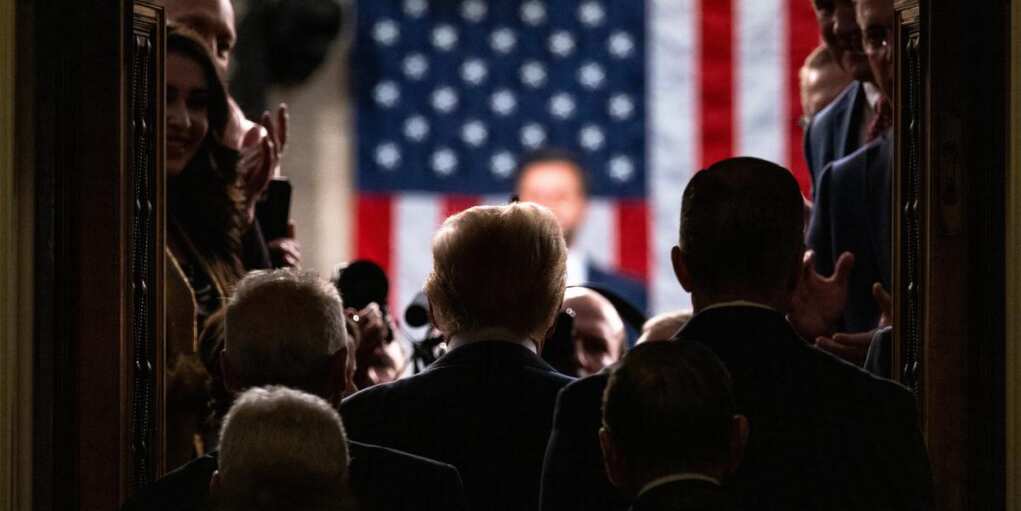Trump’s Tariff Strategy Just Took a Sharp Turn—And It’s Smarter Than You Think

President Trump’s latest tariff move on China is making headlines—and raising eyebrows. Late Friday night, the administration announced a sweeping set of exemptions to its 125% reciprocal tariffs, cutting smartphones, computer parts, and other consumer electronics out of the penalties. It’s a move that signals where this economic battle with Beijing may be heading—and it’s not straight toward decoupling.
U.S. Customs and Border Protection released a bulletin detailing the carve-outs, which include high-value items like processors, laptops, and smartphones. That list benefits tech giants like Apple and Samsung—but more importantly, it shields American consumers from major sticker shock.
In the short term, this eases inflationary pressure. Had those electronics stayed under the 125% rate, the result would’ve been a financial gut punch for millions of Americans heading into a fragile economy. That’s especially true as interest rates stay high and bond markets send mixed signals about a potential downturn.
But this move also gives insight into the administration’s longer-term posture. While the tariffs were initially seen as a blunt-force tactic to pressure China and reshape the trade balance, Friday night’s decision suggests something more strategic is underway: negotiation, not escalation.
Rather than forcing an immediate and costly decoupling, the Trump administration appears to be aiming for a gradual unwind—one that gives U.S. companies time to shift supply chains away from China without shocking the system. The likely destinations? Countries like India, Vietnam, and others in Southeast Asia, where friendlier trade deals and lower labor costs make transition more feasible.
The reality is that fully reshoring electronics manufacturing to the U.S. remains economically impractical for now. American companies can’t just flip a switch and move overnight. Without the infrastructure or labor cost advantages, the result would be price surges for everything from iPhones to laptops—something few consumers or businesses can absorb.
So while the optics may invite cries of “softness” or even “flip-flopping,” the more accurate read is realism. Decoupling is still on the table—but the Trump team is choosing a measured approach that protects American households in the process. That doesn’t mean giving in to Beijing; it means picking battles wisely and laying groundwork for long-term change without setting the house on fire.
This isn’t the first time Trump has adjusted course under pressure, and it won’t be the last. Critics may label it a backtrack, but what matters more is the outcome. If this adjustment buys time for manufacturers to relocate, while keeping prices stable for consumers, that’s a win by any practical measure.
And politically, this move has legs. Voters want toughness on China—but they also want groceries they can afford and a phone that doesn’t cost $2,000. The administration appears to be walking that line with eyes wide open.
More tariffs could still be coming, especially in sectors less vulnerable to consumer blowback. But for now, the message is clear: decoupling is a marathon, not a sprint—and President Trump is still holding the baton.
